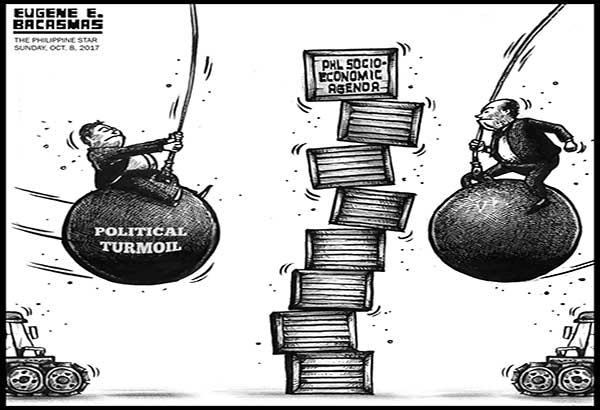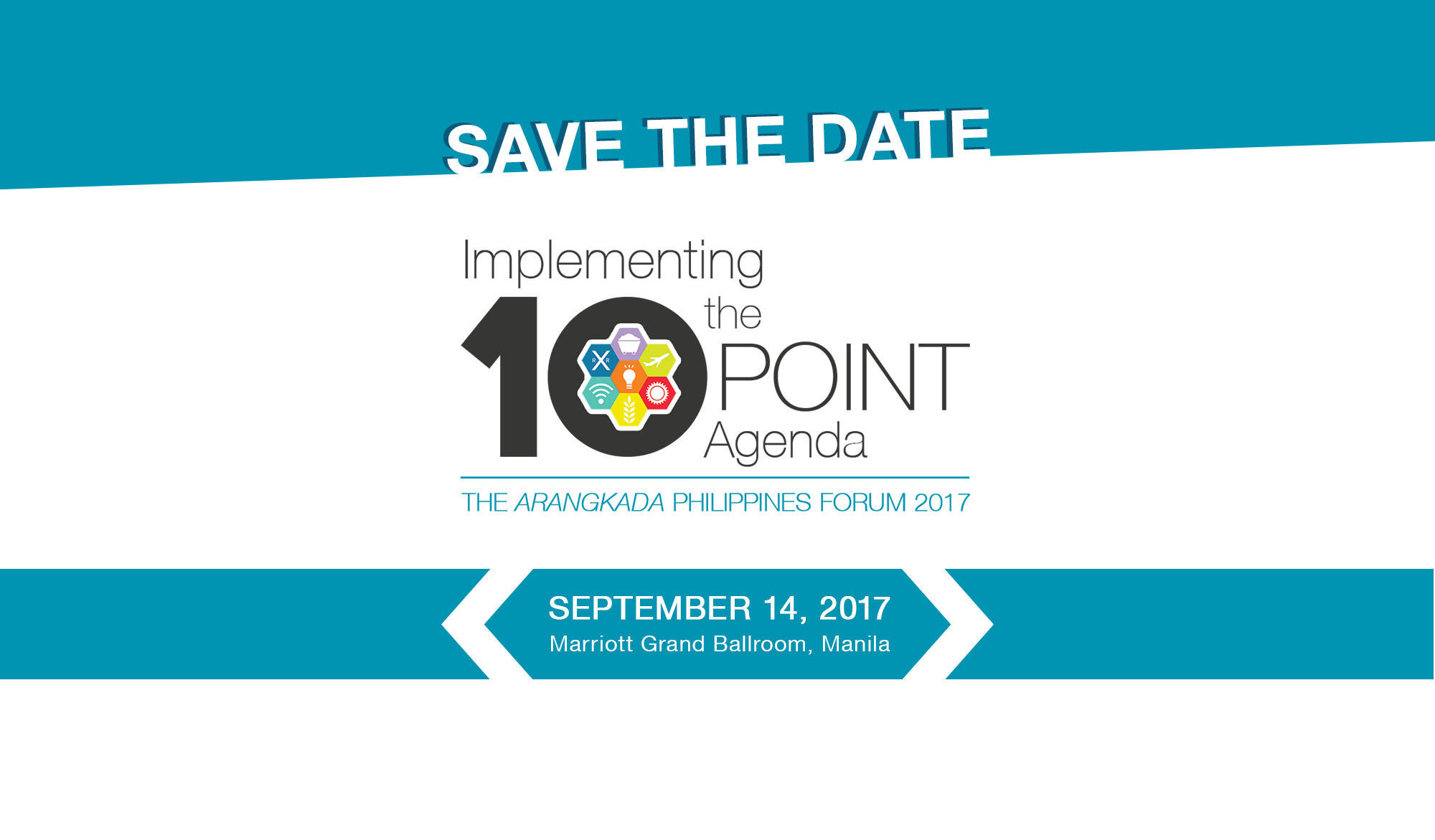
In the medium term, the government is aiming to reach an annual GDP growth of between 7% and 8%. These rates are higher than we’ve seen in recent years, but our officials are optimistic. At the sidelines of the recent Arangkada business forum, Socioeconomic Planning Secretary Ernesto Pernia assured us that these rates are achievable, particularly when the current restrictions on foreign investments are lifted. While listening to the presentations, it seemed as though all our economic officials are similarly bullish for what they can accomplish.
NEW DYNAMISM IN THE INVESTMENT ENVIRONMENT?
At present, the government is reviewing the foreign investment negative list (FINL), which is the official list of sectors where foreign participation in excluded. Revised every two years, this round is the first time that the administration will have a hand in deciding where foreign investment is welcome.
By all accounts, this government is taking a more liberal approach than its predecessors.
At a different event, Secretary Pernia even shared that he had sent the initial draft of the 11th FINL back to the drawing board — deeming the first round of proposed changes too “puny.” This aggressive push is more than welcome for our economy, and Secretary Pernia’s statements are certainly an encouraging development.
The new list is expected to be released sometime in the next quarter, as the next draft will still have to be presented to the NEDA board for approval. According to Secretary Pernia, the sectors that he aims to open for foreign inclusion are: retail trade, professions, public utilities, and contractors. Some of these sectors are also expected to liberalize in line with the rest of the region as part of the ASEAN Economic Community.
As important as it is, liberalizing the investment environment is only one step to attracting more investment in the country. Deeper reforms are needed if we are to propel our economy to greater heights. Which reforms are necessary to improve our country’s competitiveness and foster an even more dynamic investment climate? These were the questions tackled during a recently held forum organized by the Joint Foreign Chambers, called “Arangkada Philippines: Implementing the 10-Point Agenda.”
Arangkada is a Tagalog word that translates to “accelerate,” a term that aptly captures the pace of our economy’s expansion over the last few years. While the previous administration made significant strides in fueling our economy, it fell short in achieving some of its growth and development targets. President Duterte and his team are capitalizing on these shortcomings.
Even before Duterte gave his oath of office, his economic team had already laid out its 10-point socioeconomic agenda. The speed with which it had declared its objectives reflected the administration’s obvious commitment to bringing about swift and impactful reforms — reforms that have to be implemented if we are to turn our ambitious targets into reality.
For those who were not able to make it, the Joint Chambers have published their lists of recommendations, covering macro-economic reforms, competition, infrastructure, rural development, human capital, poverty alleviation, and science, technology and the arts, in the conference proceedings.
BRIDGING THE INFRASTRUCTURE GAP?
The decrepit state of the country’s infrastructure is often cited as the Achilles heel of our economic potential. Thankfully, with the launch of the Build, Build, Build campaign earlier this year, there is no discounting that infrastructure is a centerpiece project of our current leadership. As a result, there has been renewed interest in the infrastructure sector and in how the administration will accomplish its targets.
For its part, the Duterte administration has announced a list of priority infrastructure projects.
During the forum, it was encouraging to listen to our government officials talking about the big-ticket projects that they intend to break ground on or even complete during this term. These projects include the Japan-funded Mega Manila Subway and 13 bridges across the Pasig River, two of which will be built with Chinese grants. Given the state of our traffic situation today in Manila, all of these projects will be watched and waited for with great anticipation.
Yet, several of these projects are reboots from the previous administration — a sobering reminder that they had failed to advance despite years of gestation. As always, the devil is in the execution, not the planning.
While the government has promised to increase infrastructure spending, this should also be complemented with institutional and policy reforms. The approval of the National Transport Policy this year is a good step towards unifying all transport projects. The administration’s push to right-size the bureaucracy is also a welcome measure to address the fragmented institutional setup of various transport agencies. Over the long term, a mechanism should be in place to ensure policy continuity every time a new administration steps into office.
FISCAL SPACE
With great anticipation also comes great apprehension about whether the Duterte administration will be able to see its commitments through to the end and achieve them as planned. Thankfully, it has everything going for it: years of sound fiscal policy have afforded the government a wide-enough fiscal space to make these necessary investments. It would be a waste to let the best opportunity that we have had in decades slip between our fingers.
Source: https://bworldonline.com/investment-infrastructure-challenges-implementing-10-point-agenda/

